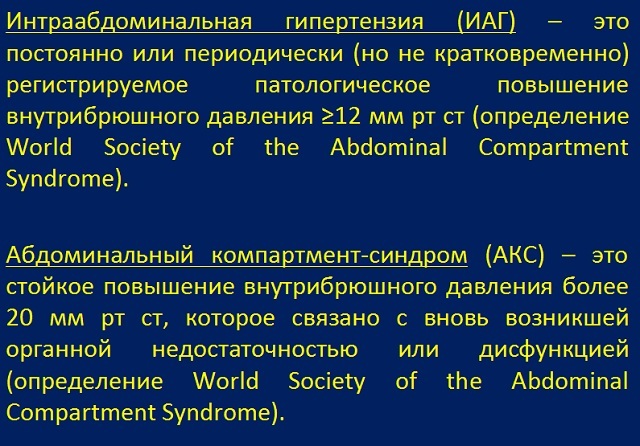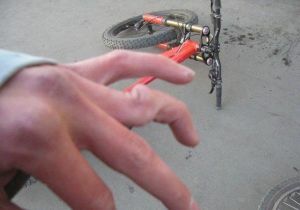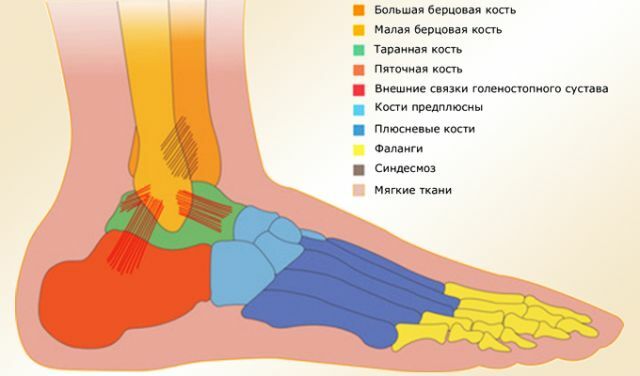 Dislocation of the feet very often occurs in people who are involved in sports or have suffered serious injuries of the musculoskeletal system in the past.
Dislocation of the feet very often occurs in people who are involved in sports or have suffered serious injuries of the musculoskeletal system in the past.
In some cases, the joint can be damaged even if the leg is incorrectly positioned. If signs of dislocation of appear, you should immediately consult a doctor , because such a pathology significantly worsens the quality of life of a person.
Contents of the article
- What is trauma?
- Causes of injury
- Classification of dislocations
- Symptoms of injury
- Diagnostic methods
- First aid and subsequent treatment
- First aid package
- General information on treatment
- Features of trauma treatment depending on location
- Recovery after injury
- Prevention
- Video: Direction of hip dislocation along Kocher
What is trauma?
A dislocation of the leg is a lesion of the lower limb, which is characterized by a disruption in the integrity of the joint. In this situation , the ligamentous capsule is damaged and displacement of the articular surfaces of bones is observed.
In case of complete dislocation, the surface of the bones do not touch, and when subluxation is observed, they are partially in contact. In any case, dislocation is characterized by a breach of the integrity of the joint capsule, very often a rupture of ligaments and tendons. If a person with such trauma does not provide timely assistance, serious consequences can appear.
Causes of trauma
Allocate congenital and acquired dislocations.
So, congenital pathologies are usually associated with an abnormal position of the child in the mother's womb. For example, a dislocation of the hip joint is observed in the case of underdevelopment of its parts. In addition, the dislocation can be a consequence of some disease. These include:
- arthritis;
- arthrosis;
- poliomyelitis;
- osteomyelitis.
However, most often dislocations occur due to indirect injuries, in which the injury site is remote from the affected joint. For example, if you fall on a hand, a person can dislocate the shoulder joint.
Classification of dislocations
Dislocations can be:
- complete;
- incomplete or subluxation.
This classification is determined by the degree of dislocation of the joint surfaces. With a complete dislocation, they do not touch, whereas in the case of subluxation, their partial contact takes place.
In addition, allocates such types of dislocation :
- open;
- closed;
- fresh( less than 3 days);
- stale( about 3 weeks);
- chronic( more than 3 weeks).
If the main nerves or blood vessels are damaged, it is a matter of complicated dislocations. Injuries that can not be eliminated using classical techniques are called irreparable. If the dislocation develops against the background of a fracture, it is called fracture.
Depending on the location, sprains are identified:
- of the hip joint;
- of the ankle;
- of the knee joint;
- stops;
- of toes.
- thighs.
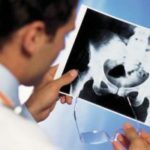 What do you need to know in order to diagnose and cure a subluxation of the hip joint? Details of this pathology in our article. Why it is important to know what to do with an ankle dislocated in the first minutes after getting injured. What is effective first aid here.
What do you need to know in order to diagnose and cure a subluxation of the hip joint? Details of this pathology in our article. Why it is important to know what to do with an ankle dislocated in the first minutes after getting injured. What is effective first aid here. Symptomatic injury
The dislocation of the foot has characteristic symptoms:
- Acute pain .It appears at the time of injury and is saved when trying to move or load a leg.
- Joint shape change .There may be swelling, swelling, bruising.
- Motion limitation. Sometimes limb is completely immobilized.
- Numbness of the leg. This symptom is associated with pressure on the blood vessels, as well as with the pinched nerves.
Diagnostic methods
In the diagnosis of dislocation, the presence of traumatic lesions in the anamnesis is very important.
In addition, diagnostic studies include:
- Inspection. During this procedure, the physician visually detects deformation in the joint region, changes in limb length and its forced position.
- Examination of the pulse on the damaged limb .It is also necessary to determine its sensitivity.
- X-ray examination of .With its help, it is possible to determine the exact position of the ends of the joint. In addition, it allows you to detect or exclude the presence of fracture or tearing of tissues from the bone.
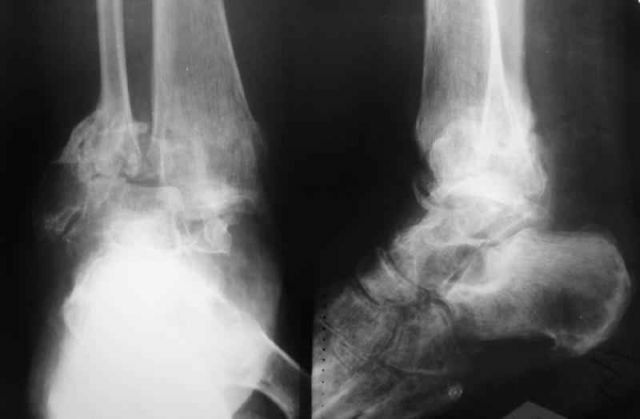
In the picture X-ray of the dislocation of the foot
First aid and subsequent treatment
Complex of first aid measures
- First of all, the damaged limb should be completely immobilized. Before determining the exact diagnosis, it is recommended to apply a tire with fixing elements - this will eliminate the possibility of movement.
- Do not use pain medications , especially those that act as sleeping pills. As a sedative, you can offer the victim a cup of lemon balm or mint.
- To eliminate the swelling and reduce pain, you can use the ice pack.
- If the body temperature rises or the damaged leg is inflamed, should be consulted immediately.
- In case of minor dislocation, elastic bandage or a special stocking can be worn on the damaged limb .
General information on the treatment of
Treatment of leg dislocation is in its by manual insertion of .There are quite a few ways to implement this procedure - it all depends on the location of the 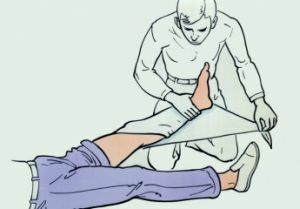 localization. In this case, there is an opinion that with qualitative anesthesia and relaxation of muscles, the method of correction is not particularly important.
localization. In this case, there is an opinion that with qualitative anesthesia and relaxation of muscles, the method of correction is not particularly important.
This procedure must be performed slowly, in no case can not make sudden movements. If it was successful, you can hear a characteristic click. In this case, the passive mobility is restored and the springing resistance disappears.
After this, the patient is given immobilization of the injured limb until the joint capsule is fully healed. To do this, use a plaster bandage.
To avoid a secondary displacement, it is not recommended to step on the damaged leg. In the case of severe pain, anti-inflammatory and anesthetic agents are prescribed.
Features of trauma treatment depending on the location of the
In the event that a person dislocates the thigh of the , after repositioning for half a year he will have to use crutches - this is done to prevent necrosis of the head of the femur.
If a person has severe manifestations of finger dislocation, he is given a conductive or local anesthetic before correction. Then for 2 weeks the patient is impregnated with a gypsum longite. To prevent repeated dislocation, the damaged finger for 7-10 days is fixed with a knitting needle.
Recovery after injury
After immobilization of a damaged limb, the patient is assigned physiotherapy and physiotherapy .In this case, experts recommend using a special ointment with a dislocated leg, which allows you to eliminate pain and cope with swelling.
Use of such ointment from leg dislocation is acceptable during the period of wearing gypsum. Before applying the drug, it is removed, and then returned to the site.
Prevention
To reduce the likelihood of dislocation, during practicing traumatic sports it is necessary to use available means of protection.
For people who have had such an injury in the past, after completing treatment it is necessary to continue to perform the exercises prescribed by the physiotherapist. Thanks to this, it is possible to strengthen the muscles and ligaments, to give them elasticity. This will significantly reduce the likelihood of repeated damage.

